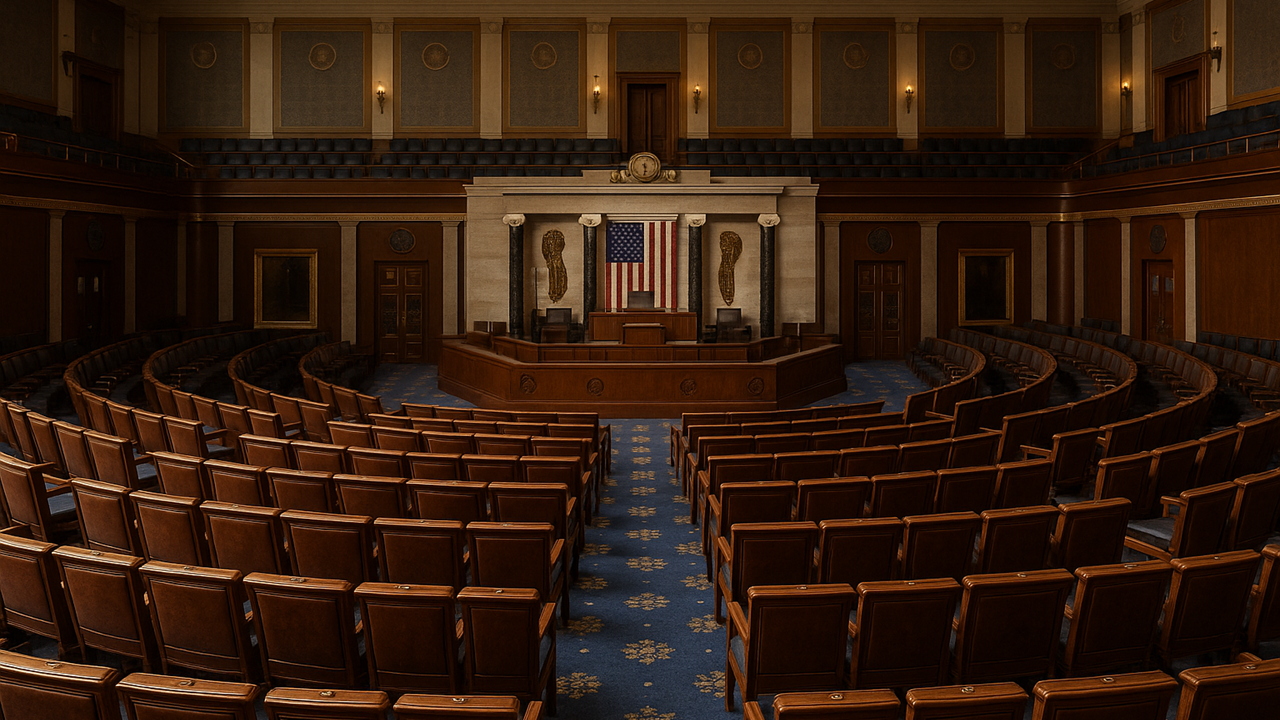Retailers Introduce Tariff Surcharges to Offset Increased Import Costs
In response to the recent tariffs imposed by President Donald Trump on imports from countries including China, Mexico, and Canada, numerous retailers across the United States are implementing tariff surcharges to mitigate the rising costs of imported goods. These additional fees are being introduced as businesses grapple with increased expenses stemming from the new trade policies.
The tariffs, effective as of early April 2025, include a 10% universal tariff on all imports, with higher rates targeting specific nations—25% on imports from Mexico and Canada, and up to 34% on Chinese goods. This move aims to bolster domestic manufacturing but has led to immediate financial pressures on retailers reliant on foreign products.
To address these challenges, some retailers are opting to pass a portion of the increased costs directly to consumers through explicit tariff surcharges. This strategy allows businesses to maintain transparency about price increases, informing customers that the additional fees are a direct result of the imposed tariffs. For instance, certain stores have begun adding a separate line item at checkout labeled as a "tariff surcharge" to clearly indicate the reason for the price hike.
The implementation of tariff surcharges has elicited mixed reactions from consumers. While some appreciate the transparency and understand the necessity due to external economic policies, others express frustration over the additional costs during an already challenging economic period marked by inflation and rising living expenses.
Industry analysts note that the long-term impact of these surcharges remains uncertain. There is concern that prolonged reliance on such fees could deter customers, prompting them to seek alternatives or reduce spending. Retailers are thus faced with the delicate task of balancing cost recovery with customer retention.
As the trade landscape continues to evolve, businesses and consumers alike are closely monitoring developments, hoping for resolutions that might alleviate the financial burdens imposed by the current tariff structures.



